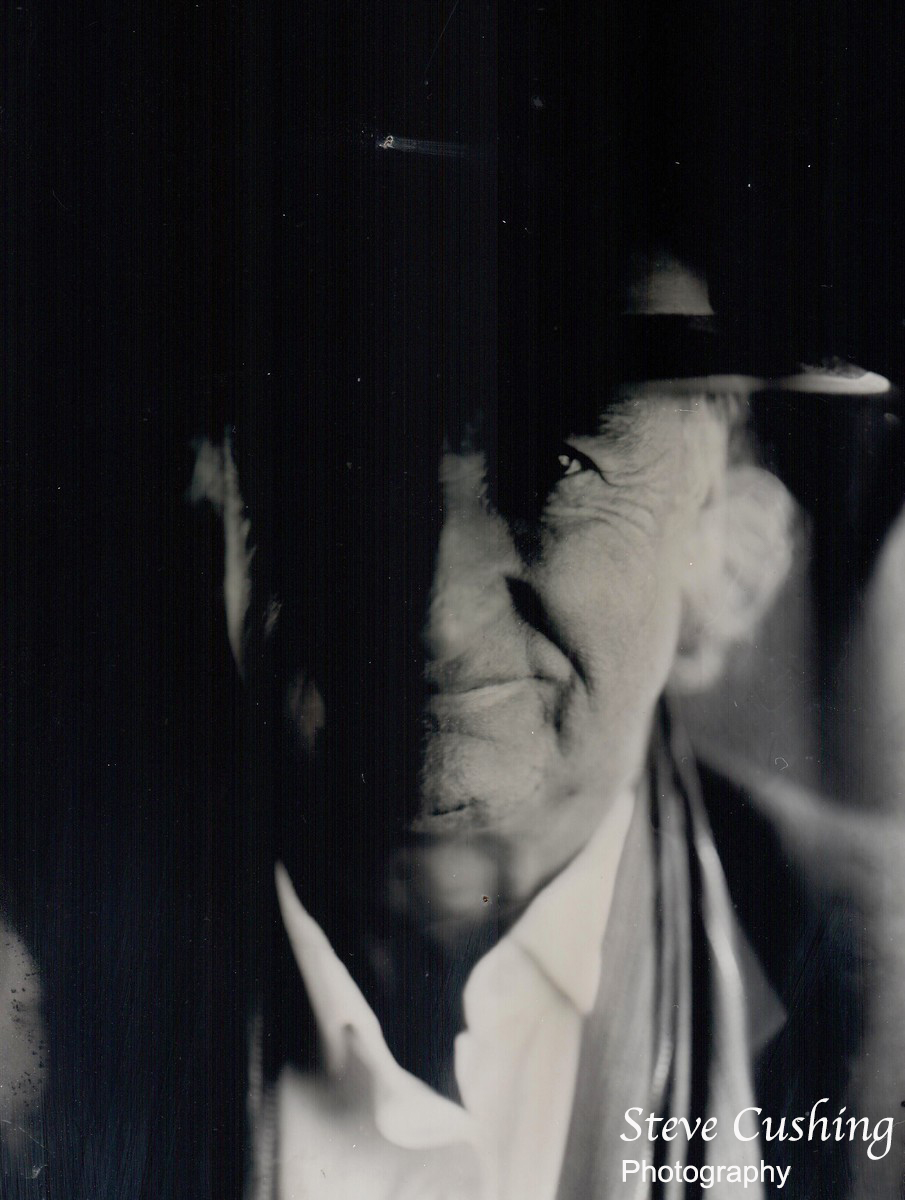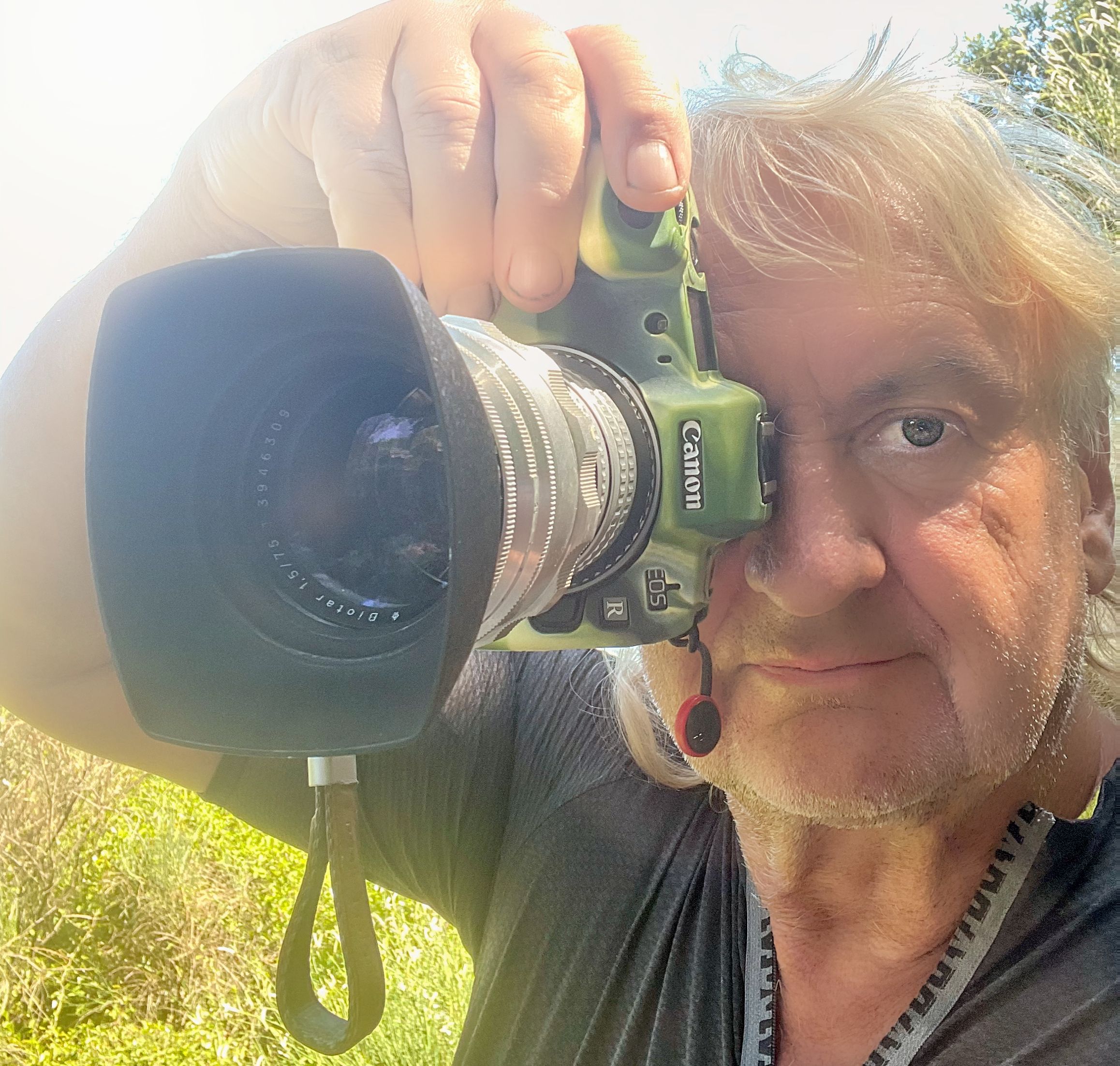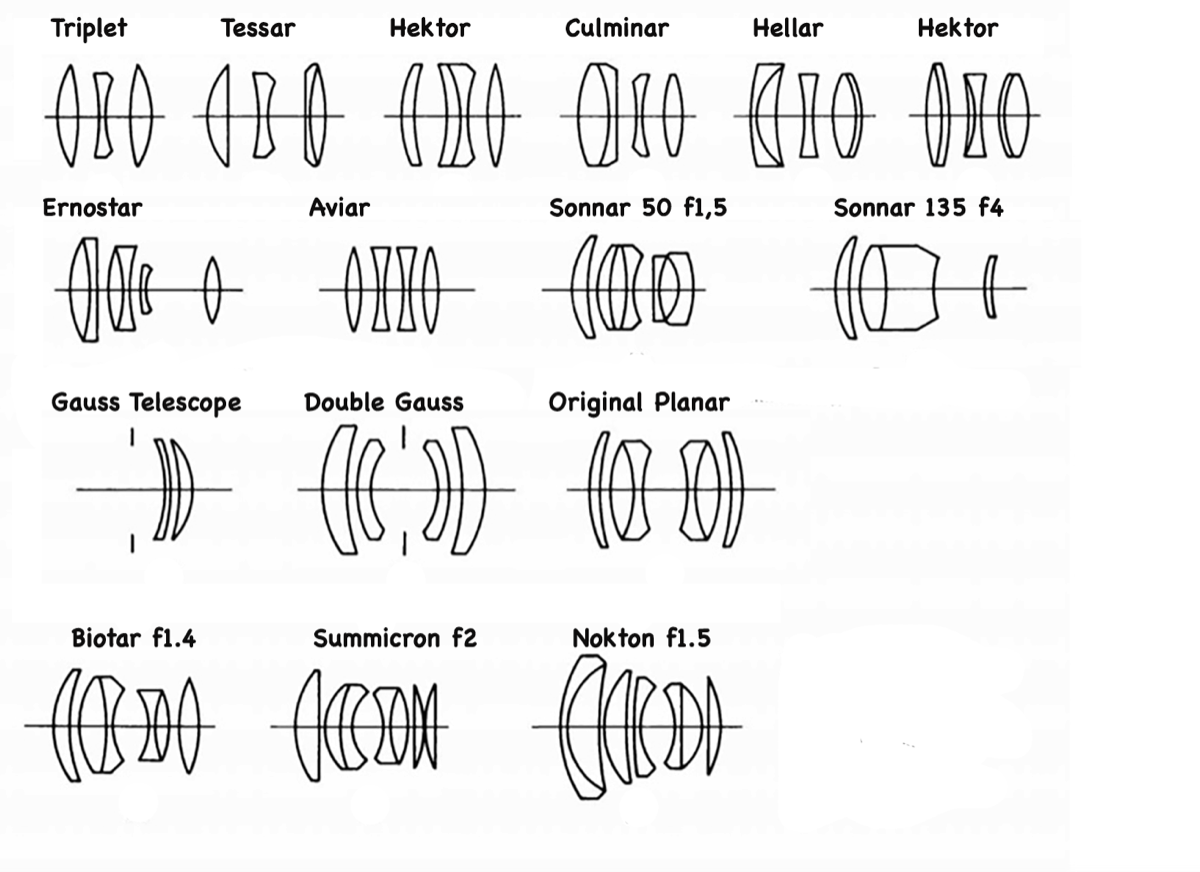All lenses aim to filter and focus light so that it hits the specified size of the sensor or film strip in the correct place. However, there are a variety of other factors that determine how a camera lens affects the look and quality of the final photo. All lenses have distinctive optical features – I like to think of them as flavours or spices, so in the end it's all about choosing the right aroma in terms of creative expression. Most vintage lenses are well built and some of them are beautifully crafted, so if used and kept well, they will continue to work for a very long time. Look
HERE and
HEREYou can't depend on your eyes when your imagination is out of focus. - Mark Twain
Often in the technological world we live in there is a rush towards “perfection” and perfect pixel renditions just because we can now create lenses and cameras that can achieve this. Lenses today are made to give extra-sharp, extra-clear, and extra-"perfect" images. Sometimes this is important, for example in medical imagery and micro-imaging.
"Our common-sense notion of reality is that our eyes, ears, nose, and fingertips pick up objective reality, but that couldn’t be farther from the truth. Smells, sounds, and colours do not actually exist in the outside world. The interaction between what’s “out there” and our sensory organs isn’t the whole picture, either. And the brain “has no direct access to the outside world. It’s locked in silence and darkness inside your skull,”
- Top neuroscientist David Eagleman
So as humans we live not in a perfect world but in a confused world of approximations and changing colours and images. Perfection is often boring. Nature does not stay still it is ever-changing and beautiful in its imperfections. No two people ever see the same colours or same images as it comes from the inside out. There is no such thing as “perfection” to capture "reality", even in choosing what to put in an image the photographer choses their own “realities” for the images they take. Sometimes in vintage lens use the subtle vignette, controlled flare, and different colours make a picture stand out among others.
“External perception is an internal dream which proves to be in harmony with external things; and instead of calling ‘hallucination’ a false perception, we must call external perception ‘a confirmed hallucination.”
- Hippolyte Taine, De l’intelligence (Paris: Librairie Hachette, 1870)
An early Renaissance painter Giorgio Vasari was asked to prove his mastery. He did so by drawing a perfect circle without the use of any technical instruments only his brush. Giotto’s circle was not perfect but masterful. Sports events are exciting because of mistakes, the mishaps and the struggle to avoid them. We like sports because they are metaphor for the personal struggles in our lives, the tension between our goals and our actual accomplishments. To watch an athlete perform flawlessly is nice, but to watch him fight the odds is exciting.
Centuries back, in the height of the Japanese autumn, in one of Kyoto’s majestic gardens, a tea master asked his disciple to prepare for tea ceremony. The young man trimmed the hedges, raked the gravel, picked the dried leaves from the stones, cleared the moss path of twigs. The garden looked immaculate: not a blade of grass out of place.
The master inspected the garden quietly. Then, he reached up at a branch of a maple tree and shook it, watching the auburn leaves fall with haphazard grace on tidied earth. There it was now, the magic of imperfection.
There is similar kind of struggle in all art work, including photography. What makes images “alive”, “charming” or “personal” is not just the unique “style” of the photographer, or his/her personal “expression”. It is the struggle for perfection in an imperfect world. On this site I do not wish to hide this process and only show the shiny results of my efforts. In a world of perfect shiny products the imperfection of the process can be exactly what makes the images exciting. My photographs are human (in the best sense of the word) and thus to me beautiful.
For Ryotaro Matsumura, an award-winning tea ceremony master in Yokohama, wabi-sabi is an indispensable part of his daily practice. To him, it's the seemingly small things that capture the essence of wabi-sabi (“not a full moon, but a moon covered behind clouds; not new, symmetric objects, but old, asymmetric objects”). But soon, this tacit appreciation of things imperfect transcends into something with profound philosophical themes. “As human beings — however flawed and imperfect we are — when we sit together shoulder to shoulder in the backdrop of the great Nature and bond over a single cup of tea, we have the opportunity to catch a glimpse of the beauty of this short and imperfect life,” he writes.




